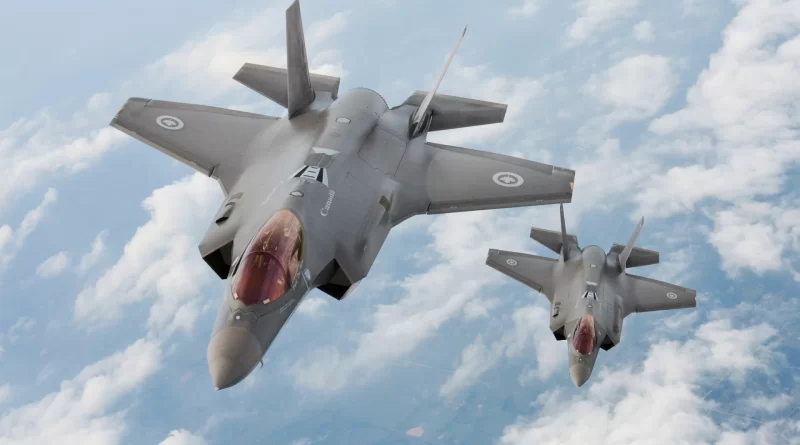The Canadian F-35 Saga, Third Part
Click here to read the second part
Click here to read the first part
The first decision
The agreements signed under the JSF program allow Canadian companies to bid on contractors. In particular, they can obtain manufacturing mandates for the airframe, systems, engines and related services. These opportunities include manufacturing and service activities, large structural assemblies, electronic systems, advanced composites, high speed machining, simulation and training, tooling, and support. However, signatory countries must drop their respective industrial benefits policies if they wish to acquire F-35 fighters.
Prior to the signing of the memorandum of understanding for the production, support and subsequent development phase, National Defence sent estimates to ministers that reported spinoffs ranging from US $5.2 billion to US $14.7 billion. In May 2008, the Conservative government released its “Canada First” defence strategy. This strategy provides for the modernization of the Canadian Forces over a period of 20 years. As part of this plan, the federal government announces its intention to replace the CF-188 fleet. It is then a question of 65 combat aircraft of the new generation.
In 2009, the National Defence presented a new estimate of the economic benefits in order to promote the candidacy of the F-35. In December, Canadian companies identified the value of potential F-35 contracts at US $10.5 billion. This amount corresponded to CAN $12 billion at the 2009 Bank of Canada exchange rate.
The First Acquisition
In January 2010, the Next Generation Fighter Project is internally approved by the Department of National Defence and the formal option analysis phase begins. Since it is the F-35 that is favoured, a legal way must be found to evade the tender. PWGSC then had to find a valid exception in the Government Contracts Regulations.
In July, the Harper government announces it will acquire 65 F-35 Lightning II aircraft. This acquisition will be made without going through a request for proposal. The announcement represented the culmination of nearly 13 years of Canada’s participation in the US-led JSF program.
Since Canada is a partner of the F-35, its cost of purchasing the aircraft is the same as the United States. But Lockheed Martin had no guarantee to give Canada as to the unit price of the F-35s. For its part, the Harper government estimated it would have to pay between 70 and 75 million per hunter. However, at the same time, Denmark, which was also a partner of the JSF, revised its costs upwards by 20%, or 89 million euros per jet. click here to watch our most recent video on YouTube
>>> Follow us on Facebook and Twitter

